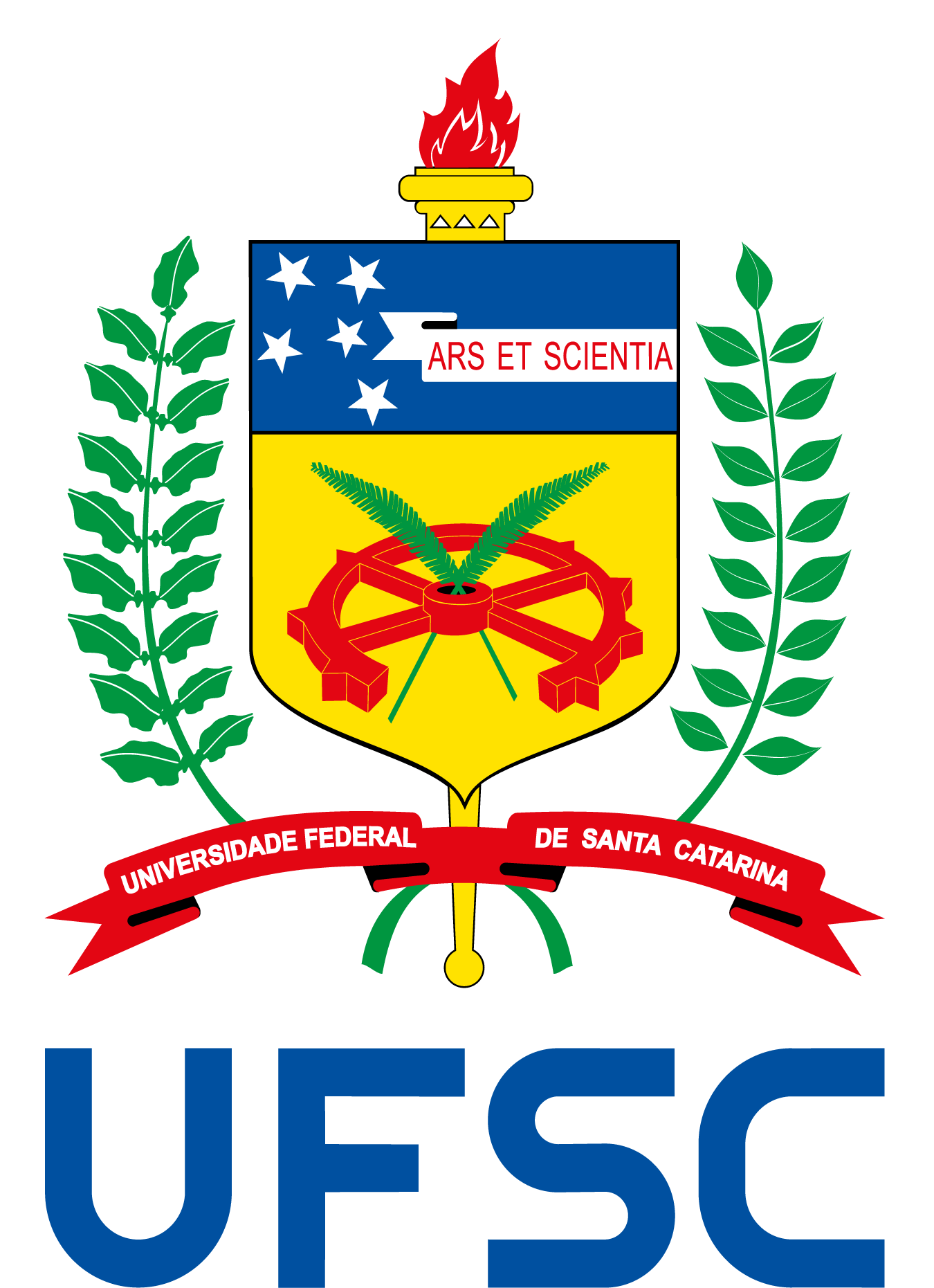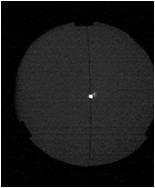Amir A. M. Oliveira Jr.
Short CV:
Bachelor in Mechanical Engineering (Federal University of Santa Catarina, UFSC, 1989)
Master in Mechanical Engineering (Federal University of Santa Catarina, UFSC, 1993)
Ph.D. in Mechanical Engineering (The University of Michigan at Ann Arbor, 1998)
Research Fellow (The University of Michigan at Ann Arbor, 1999)
Assistant Professor (Department of Mechanical Engineering, UFSC, 2000-2003)
Associate Professor (Department of Mechanical Engineering, UFSC, 2004-present)
Academic Director (Campus UFSC at Ararangua, 2009-2011)
Vice Chair (Mechanical Engineering Department, UFSC, 2006-2008, 2012-2014)
Member of the Scientific Committee of the Brazilian National Combustion Network (2011-2013)
Coordinator of the Brazilian National Combustion Network (2013-2015)
Chair of the Brazilian Section of the Combustion Institute (2013-2015)
Lattes CV (in Portuguese): http://lattes.cnpq.br/4823426658357609
Teaching:
EMC5403 – Heat Transfer I (undergraduate level)
EMC5404 – Heat Transfer II (undergraduate level)
EMC5407 – Fluid Mechanics I (undergraduate level)
EMC5408 – Fluid Mechanics II (undergraduate level)
EMC5425 – Transport Phenomena (undergraduate level)
EMC5486 – Propulsion Systems (undergraduate level)
EMC5428 – Design of Internal Combustion Engines (undergraduate level)
EMC410052 – Heat and Mass Diffusion (graduate level)
EMC410111 – Introduction to Combustion (graduate level)
EMC410137 – Transport and Reaction in Porous Media (graduate level)
EMC410076 – Modeling of Internal Combustion Engines (graduate level)
EMC410112 – Advanced Combustion (graduate level)
Research:
Combustion in Inert and Catalytic Porous Media
Combustion in inert porous media takes advantage of the large disparity in characteristic time and length scales of transport and kinetics phenomena in the gas and solid phases to produce large pore-scale, i.e., microscopic, reaction rates and large medium-scale, i.e., macroscopic, heat transfer rates. This allows for burning low calorific value fuels, lean mixtures, heavy chemical species, with low production of gas pollutants, high stability and high turn-down ratio; as well as, to manufacture high energy density volumetric burners and large area surface radiative burners. Applications include industrial heating, drying, cooking, curing, heat treatment, water heating, steam production, partial oxidation reforming, among others. In this research area we develop modeling, simulation, and experiment in submerged flame and surface flame radiant porous burners, and catalytic burners. The modeling is developed in both macroscopic and molecular levels. The knowledge is also applied in the development of technological solutions for heating in industrial and domestic applications. This research has been developed in collaboration with Prof. Fernando Marcelo Pereira, from UFRGS-Brazil, Prof. Rafael Camargo Catapan, from UFSC-Joinville, Prof. Marcio Celso Fredel, UFSC-Florianopolis, Prof. Antonio Pedro Novaes Oliveira, UFSC-Florianopolis, Prof. Dachamir Hotza, UFSC-Florianopolis, Prof. Fernando Fachini, of INPE-Brazil, Prof. Mario Costa, from IST, Lisbon, Portugal, and Prof. Dion Vlachos, from the University of Delaware, Delaware, USA.
Ongoing projects:
- Syngas laminar flame velocity and extinction in flat flame burners
- Optimization of the heating module of a polymer thermoforming machine
References:
- Carvalho, T. ;Costa, M. ;Casaca, C. ; Catapan, R. C. ; Oliveira, A. A. M. . Destruction of the Tar Present in Syngas by Combustion in Porous Media. Energy & Fuels, v. 29, p. 1130-1136, 2014.
- Catapan, R. C.; Christiansen, M. A.; Oliveira, A. A. M.; Vlachos, D. G. “Catalytic Kinetics and Dynamics”. In: Heterogeneous Catalysis at the Nanoscale for Energy Applications; Tao, F., Schneider, W., Kamat, P., Eds.; Wiley-VCH, 2014.
- Pottmaier, D.;Rosario, J. J. ;Fredel, M. C. ; Oliveira, A. A.M. ;Alarcon, O. E. . Mullite Formation in Al2O3/SiO2/SiC Composites for Processing Porous Radiant Burners. MRS Proceedings, v. 1492, p. 169-175, 2013.
- Catapan, Rafael C. ; Oliveira, Amir A. M. ;Chen, Ying ; Vlachos, Dionisios G. . DFT Study of the Water Gas Shift Reaction and Coke Formation on Ni(111) and Ni(211) Surfaces. Journal of Physical Chemistry. C, v. 116, p. 20281-20291, 2012.
- Catapan, R. C.;Donadel, K.; Oliveira, A. A. M. ;Oliveira,A.P.N.;Rambo, C. R. ; Oliveira,T.M.N.; Wagner, T. M. Production of syngas by ethanol reforming on natural silica microfibers supported Ni catalyst. Fuel Processing Technology , 2012.
- Herrera, Ana Maria; Moreno, Veronica ; Oliveira, Amir A. M. ;Hotza, Dachamir;Álvarez, Oscar Alberto ; Escobar, Jairo Arturo . Manufacture and Characterization of Alumina Ceramic Foams for Porous Burners. Materials Science Forum, v. 727-728, p. 663-668, 2012.
- Francisco Jr., R. W. ; Costa, M. ; Catapan, R.C. ; Oliveira, A.A.M. . Combustion of hydrogen rich gaseous fuels with low calorific value in a porous burner placed in a confined heated environment. Experimental Thermal and Fluid Science , v. 45, p. 1, 2012.
- Pereira, Fernando M. ; Oliveira, Amir A.M. ;Fachini, Fernando F. . Maximum superadiabatic temperature for stabilized flames within porous inert media. Combustion and Flame , v. 158, p. 2283-2288, 2011.
- Pereira, Fernando M. ; Oliveira, Amir A. M. ;Fachini, Fernando F. . Validation of a subgrid model for porous burners simulations. Special Topics & Reviews in Porous Media An International Journal, v. 2, p. 91-100, 2011.
- Pereira, F. M. ; Oliveira, A. A. M. ;Fachini, F. F. . Theoretical analysis of ultralean premixed flames in porous inert media. Journal of Fluid Mechanics (Print) , v. 657, p. 285-307, 2010.
- Catapan, Rafael Camargo ; Oliveira Jr., A. A. M. ; Costa, Mário . Nonuniform velocity profile mechanism for flame stabilization in a porous radiant burner. Experimental Thermal and Fluid Science , v. 35, p. 172-179, 2010.
- Pereira, F ; Oliveira, A ; Fachini, F . Asymptotic analysis of stationary adiabatic premixed flames in porous inert media. Combustion and Flame , v. 156, p. 152-165, 2009.
- Francisco, R. W. ; Rua, F. ; Costa, M. ; Catapan, R. C. ;Oliveira, A. A. M. . On the Combustion of Hydrogen Rich Gaseous Fuels with Low Calorific Value in a Porous Burner. Energy & Fuels , p, 2009.
Chemical Kinetics of Combustion of Biofuels
The use of biofuels for transportation and energy production may reduce dependency on fossil resources as well as the anthropogenic emission of greenhouse gases. To speed up the development and application of biofuels, models that enable the evaluation of the performance of combustion systems from the knowledge of the chemical makeup of the fuel are desirable. Chemical kinetics models are built hierarchically, starting from previously tested mechanisms and adding the reactions needed to model the reaction paths of the progressively larger molecules. The predictions using the models are then compared to measurements from canonical experiments, where one seeks to suppress unwanted physical effects and enhance the effects of chemical kinetics. Biofuels are formed by a host of chemical species making their systematic modeling and analysis difficult. The development of surrogate formulations allow to assess the effect of the important hydrocarbon classes present in the fuel chemical composition in the combustion characteristics. Important targets relevant to the application in power and propulsion systems are flame velocity, ignition delay time, and chemical compositions measured in perfectly-stirred and plug-flow reactors. In this research are we develop modeling of chemical kinetics for the prediction of laminar flame speed, shock tube and rapid compression machine ignition delay time, composition from perfectly stirred and plug flow reactors, and emissions from HCCI combustion; measurements of laminar flame in spherical constant volume reactor and flat burner, and measurements of gas composition in perfectly-stirred and plug flow reactors. This research has been developed in collaboration with Prof. Leonel Rincon Cancino, from UFSC-Joinville, Dr. Edmilsson Jesus de Oliveira, CENPES-Petrobras, Prof. Edson Bazzo, UFSC-Florianopolis, Prof. Humberto Jorge Jose, UFSC-Florianopolis, Prof. Christof Shulz, IVG, University of Duisburg-Essen, Germany, Dr. Robert Schiessl, KIT, Karlsruhe, Germany, Prof. Henry Curran, C3-NUI, Galway, Prof. Mario Costa, of IST, Lisbon, Portugal, and Prof. Colin Snape, The University of Nottingham,UK.
Ongoing projects:
- Analysis of the combustion of aviation fuels in gas turbine and alternative engine conditions
- Analysis and reduction of chemical kinetics mechanism for biofuels
- Combustion of dimethyl ether (DME) in homogeneous charge compression ignition engines
- Use of bio-oil in compression ignition engines: In-cylinder measurement and numerical simulation
- Energy conversion of low rank coal with biomass
References:
- Hartmann, Ricardo Morel ; Garzon, Nury Nieto ; Hartmann, Eduardo Morel ;Oliveira, Amir Antônio Martins ;Bazzo, Edson . Vegetable Oils of Soybean, Sunflower and Tung as Alternative Fuels for Compression Ignition Engines. International Journal of Thermodynamics, v. 16, p. 8796, 2013.
- Pottmaier, Daphiny ; Costa, Mario ;Farrow, Timipere ; Oliveira, Amir A. M. ; Alarcon, Orestes;Snape, Colin Edward . Comparison of Rice Husk and Wheat Straw: from slow and fast pyrolysis to char combustion. Energy & Fuels (Print) , v. 11, p. 7115-7125, 2013.
- Cancino, L.R. ; FIKRI, M. ; Oliveira, A.A.M. ; SCHULZ, C. . Ignition delay times of ethanol containing multicomponent gasoline surrogates: Shocktube experiments and detailed modeling. Fuel (Guildford) , v. 90, p. 1238-1244, 2011.
- Cancino, L. R. ; FIKRI, M. ; Oliveira, A. A. M. ;SCHULZ, C. . Measurement and Chemical Kinetics Modeling of Shock Induced Ignition of Ethanol-Air Mixtures. Energy & Fuels (Print) , v. 24, p. 2830-2840, 2010.
- Cancino, Leonel Rincón ; Fikri, Mustapha ;Oliveira Jr., Amir A. M. ;Schulz, Christof . Autoignition of gasoline surrogate mixtures at intermediate temperatures and high pressures: Experimental and numerical approaches. Proceedings of the Combustion Institute , v. 32, p. 501-508, 2009.
Transport and Electrochemical Kinetics in Polymer Electrolyte Membranes
Current world energy scenario requires the development of alternative and sustainable energy sources and conversion systems that also result in an overall smaller impact in the environment. Fuel cells convert internal energy of chemical bond in electricity and heat power in an efficient, noiseless and with low emissions to the environment. The relative high cost of system development suggests that a combined measurement, theoretical and simulation effort is the way to achieve the required breakthroughs. The focus of this research area is the development ofthermo physical and electrochemical kinetics models for the mass and electrical charge transport in proton exchange membrane (PEM) fuel cells. Measurements are performed in 25 W cells and in a 200 W PEM fuel cell stack. This research has been developed in collaboration with Prof. Edson Bazzo and Prof. Dachamir Hotza, UFSC-Florianopolis.
Ongoing projects:
- Modeling of electro-oxidation of ethanol on carbon paper suported PtSn catalysts.
- Maxwell-Stefan mass transport in polymer electrolyte membranes and gas diffusion layers.
- Analysis of mass transfer with chemical reaction in the PEMFC cathode using the Lattice Boltzmann method
References:
- Bresolin, C. S. ; Oliveira, A. A. M. . An algorithm based on collision theory for the lattice Boltzmann simulation of isothermal mass diffusion with chemical reaction. Computer Physics Communications , v. 183, p. 2542-2549, 2012.
- Santos, Paulo H.D. ; Bazzo, Edson ;Oliveira, Amir A.M. . Thermal performance and capillary limit of a ceramic wick applied to LHP and CPL. Applied Thermal Engineering , v. 41, p. 92-103, 2012.































